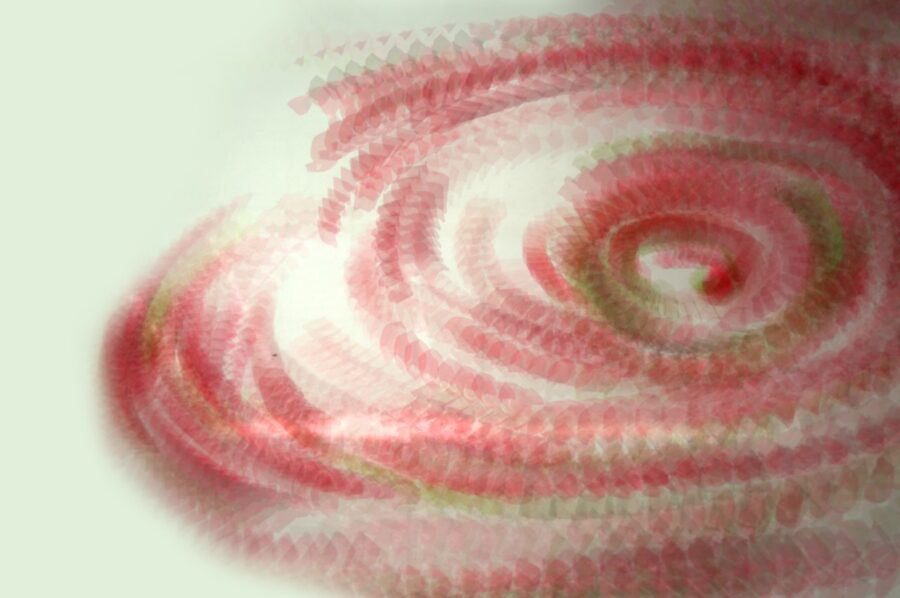Cutting-Edge Research Captured in the Inaugural Lassonde Research Photo Competition
Tags:

This summer Lassonde launched its first research photo competition to showcase captivating representations of science and engineering research. This year the competition focused on remote research, in light of the ongoing COVD-19 pandemic. The submitted images capture the amazing stories behind the research being done at Lassonde, from randomized algorithms to predicting microplastics evolution in the aquatic environment.
The competition was initiated by the Planning, Academic Resources & Research (PARR) Committee to celebrate and stimulate research at Lassonde. It was inspired by the Science Exposed contest organized by the Natural Sciences and Engineering Research Council of Canada (NSERC) along with other bodies using powerful photos and images to share scientific breakthroughs.
The competition received several impressive submissions from graduate and undergraduate students exploring research in fields ranging from Civil Engineering to Computer Science. Entries were judged on several components including overall quality, unique perspective, and relevance to research. Winners received prizes ranging from $500-$1500 in value.
The winners of the Lassonde Research Photo Competition are:
• 1st Place – Arefeh Shamskhany (2nd Year PhD Student, Civil Engineering)
• 2nd Place – Preet Patel (2nd Year Masters Student, Civil Engineering)
• 3rd Place – Zainab Fatmi (2nd Year Master’s Student, Electrical & Computer Engineering)
• People’s Choice – Arefeh Shamskhany (2nd Year PhD Student, Civil
Engineering)
1st Place & People’s Choice – Le Diable Bleu
Submitted by Arefeh Shamskhany
This research aims to simulate microplastics transport and final fate in the aquatic environment, and the photo depicts turbulent eddy circulations generated downstream of a backwater-facing step. The turbulent circulation zones appear after a sudden bed elevation change such as estuaries, where fluvial flow releases plastic- and sediment-laden flow into a water body. Turbulent structures are responsible for the transport of sediment and nutrients vital to aquatic ecosystems. However, they also carry and spread pollution and plastic debris in aquatic environments, endangering the aquatic ecosystem.
The present research aims to develop a numerical model using the pre-existing open-source OpenFOAM package to predict microplastics evolution in the aquatic environment. In the current submission the figure is cropped, and only the downstream side of the step and the recirculation zone is demonstrated.
“I’m more motivated than ever to continue my research as a member of the Lassonde School of Engineering and do my part in protecting the environment,” says Shamskhany.

2nd Place – Galaxies of Plastic Waste
Submitted by Preet Patel
In 2018, 359 million tons of plastic was manufactured globally, and every year over 8 million tons of plastic waste enters the world’s oceans. Surge, turbulent behaviour, in rivers and coastal regions suspends plastic debris, and eventually transports it to aquatic environment. For this study, plastic cubes will be introduced in a surge (in a hydraulic flume) and particle tracking velocimetry (PTV) will be employed to analyze the movement of plastic debris. The image depicts a pathway of floating plastic debris (used rose petals to resemble plastic) caused by circular motion of water.
This image was crucial for testing open-source PTV. Exploratory findings may yield new insights in surge capacity and macro plastics movement due to surge wave. This research will allow for improved infrastructures to minimize transport of plastic waste. Rose petals were introduced in an in-house hydraulic flume with vortices; shots were taken at an interval of 1-2 seconds. The images were then overlaid in Photoshop to obtain a pathway of rose petals, hence creating galaxies of plastic waste.

3rd Place – One in eighty unvigintillion
Submitted by Zainab Fatmi
The Fisher-Yates shuffling algorithm generates a random ordering of cards (or any set of objects) from 80.66×10^66 permutations. This is just one example of many randomized algorithms that are used to solve problems daily. When testing software with randomness, we use a formal technique called model checking in which the software system must be modelled as a state machine, as it guarantees that all possible executions are checked.
We have created tools that automatically extract the underlying models of algorithms implemented in Java, one of the most popular programming languages. However, the model is often too large to check non-trivial properties in a reasonable amount of time and memory. Thus, we are studying methods to reduce these models without losing information about the system. A small fragment of the reduced model of the Fisher-Yates shuffling algorithm is shown in the image. We used a regular cellphone camera to photograph the person shuffling cards. The model is a computer-generated image.
